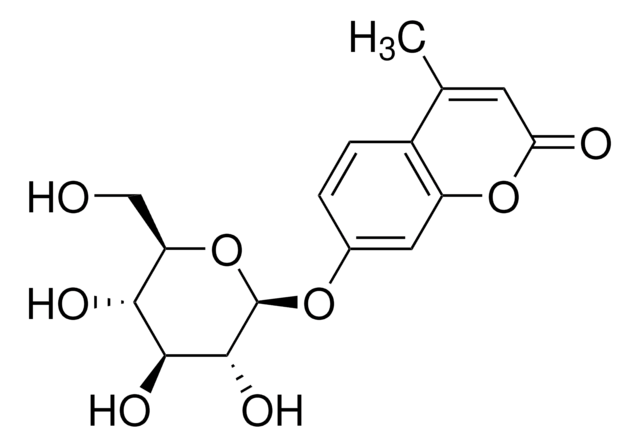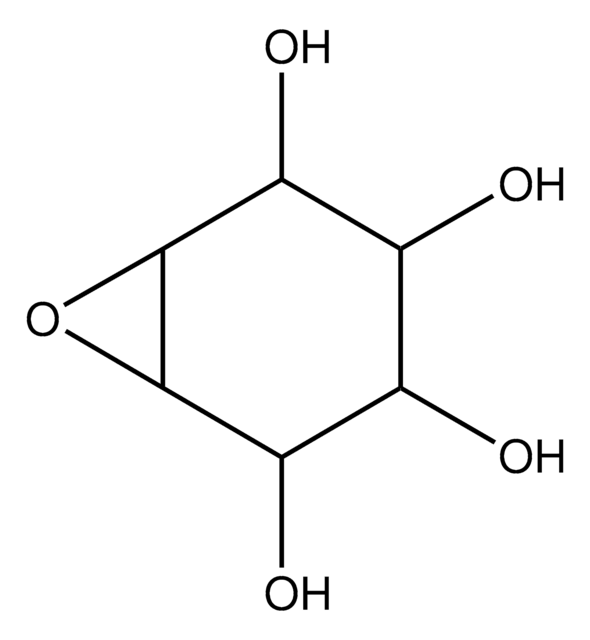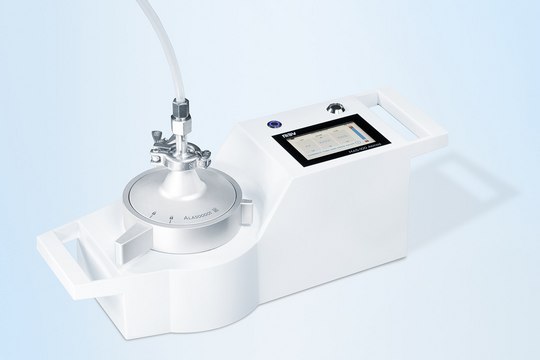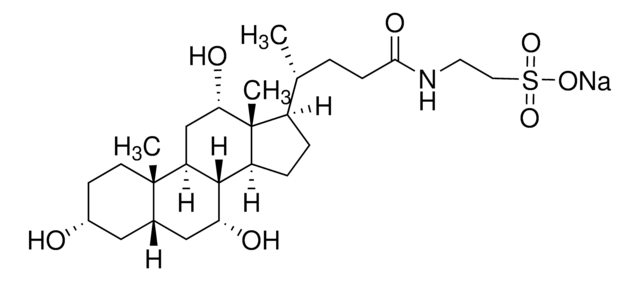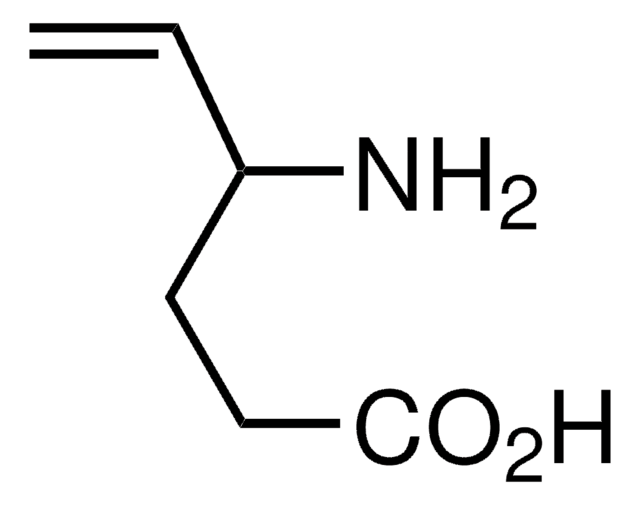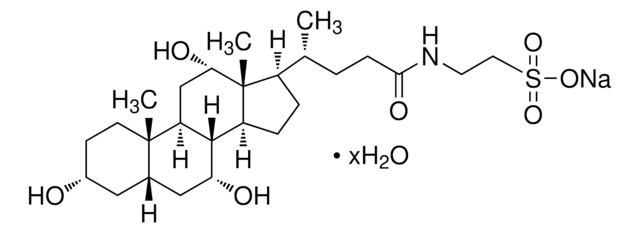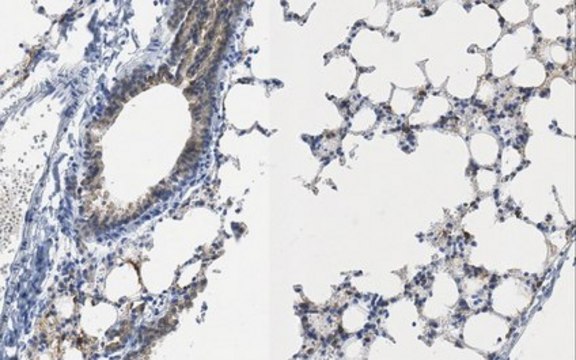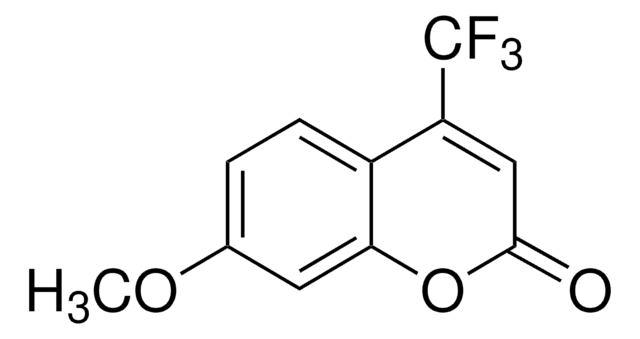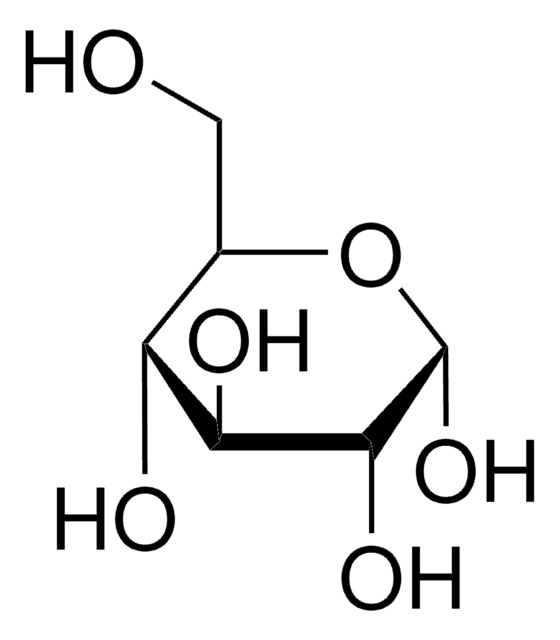234599
Conduritol B Epoxide
≥98% (HPLC), solid, Glucocerebrosidase inhibitor, Calbiochem®
Synonym(s):
Conduritol B Epoxide, CBE, 1,2-Anhydro-myo-inositol
About This Item
Recommended Products
Product Name
Conduritol B Epoxide, Conduritol B Epoxide, CAS 6090-95-5, is an irreversible Inhibitor of glucocerebrosidase in neurons. Also inhibits α-glucosidase activity in a variety of species.
Quality Level
Assay
≥98% (HPLC)
form
solid
manufacturer/tradename
Calbiochem®
storage condition
OK to freeze
desiccated
color
white
solubility
DMSO: soluble
water: soluble
shipped in
ambient
storage temp.
−20°C
SMILES string
O1[C@@H]2[C@H]1[C@@H]([C@H]([C@@H]([C@H]2O)O)O)O
InChI
1S/C6H10O5/c7-1-2(8)4(10)6-5(11-6)3(1)9/h1-10H/t1-,2-,3+,4+,5-,6+/m0/s1
InChI key
ZHMWOVGZCINIHW-FTYOSCRSSA-N
General description
Biochem/physiol Actions
α-glucosidase
Warning
Reconstitution
Legal Information
Storage Class Code
11 - Combustible Solids
WGK
WGK 3
Flash Point(F)
Not applicable
Flash Point(C)
Not applicable
Certificates of Analysis (COA)
Search for Certificates of Analysis (COA) by entering the products Lot/Batch Number. Lot and Batch Numbers can be found on a product’s label following the words ‘Lot’ or ‘Batch’.
Already Own This Product?
Find documentation for the products that you have recently purchased in the Document Library.
Our team of scientists has experience in all areas of research including Life Science, Material Science, Chemical Synthesis, Chromatography, Analytical and many others.
Contact Technical Service